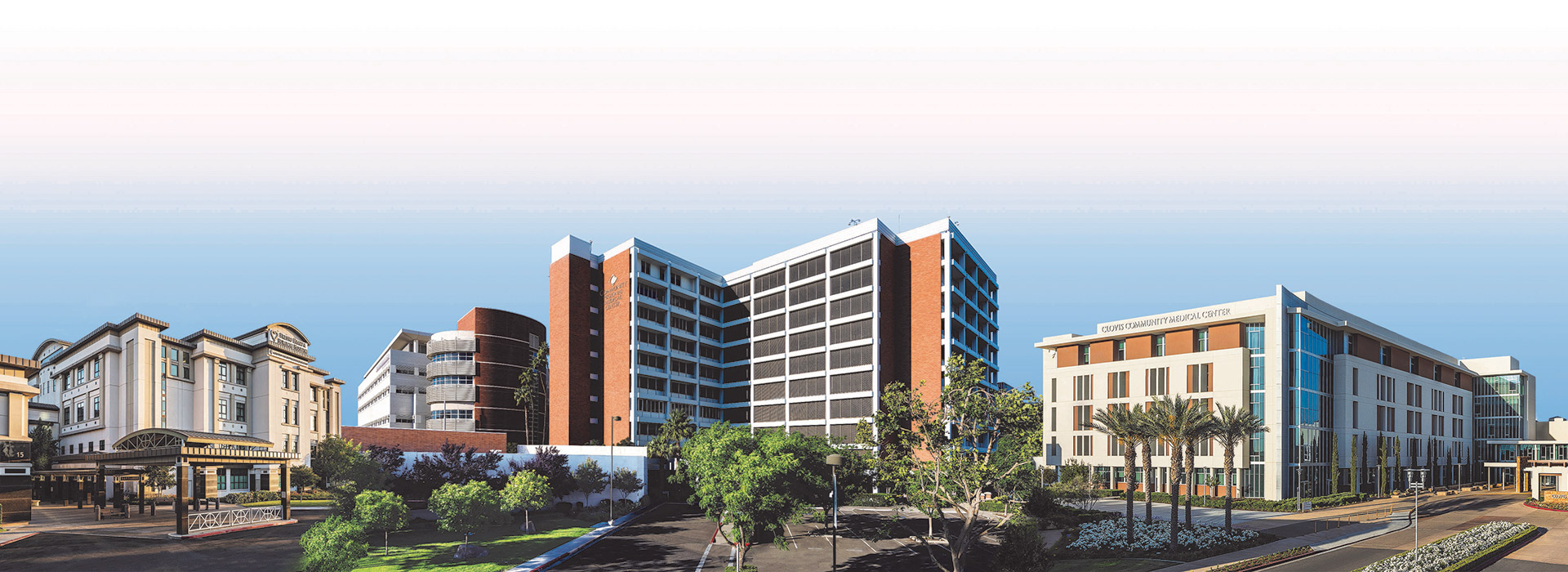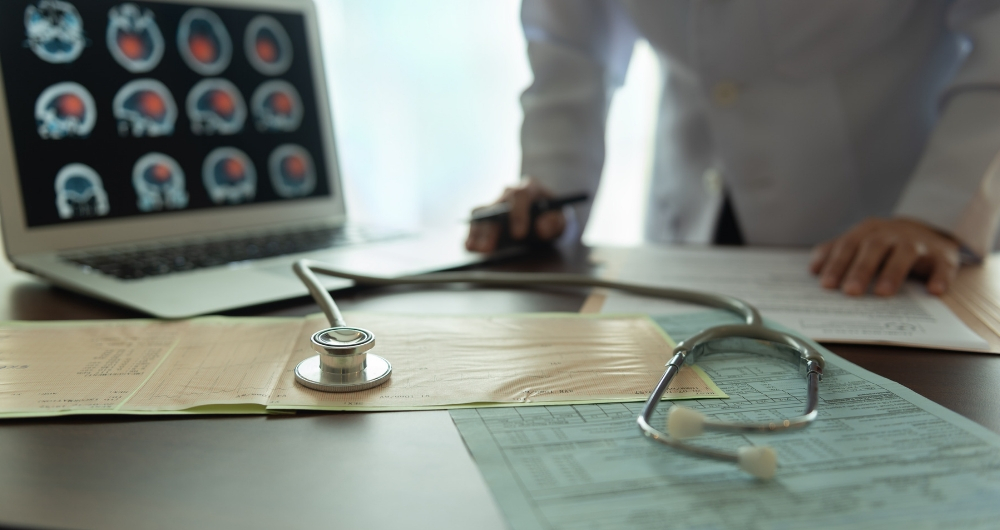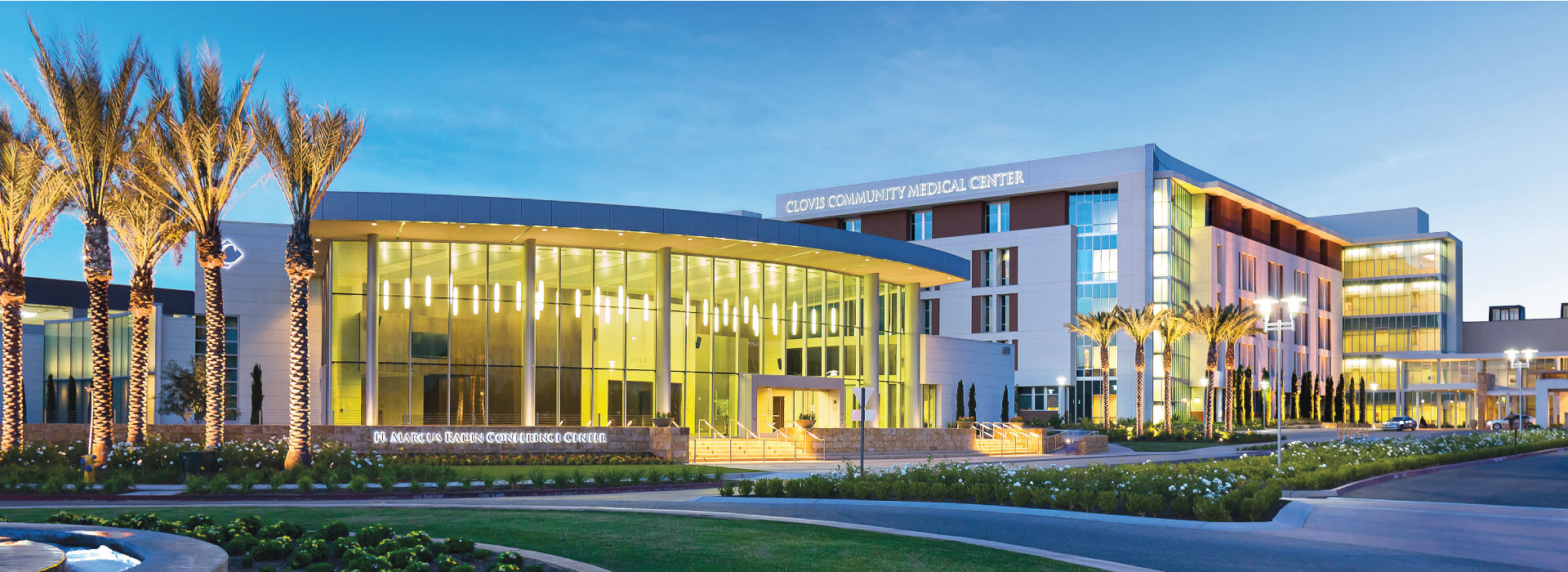
Knowing one acronym could save a life.
Strokes happen suddenly. And when they do, it’s important to act just as fast, because getting care quickly can minimize brain damage and even save a life.
Each year, roughly 700,000 Americans experience a new or recurrent stroke, which is the nation’s fifth leading cause of death. That’s an average of one stroke every 45 seconds and stroke-related death every 3.1 minutes.
A stroke happens when blood supply to the brain is interrupted either because the blood supply is being blocked or there’s bleeding in the brain. Either way, a stroke impacts brain function and is a serious situation.
Dr. Amir Khan, Neurointerventionalist and Co-director of the Stroke Program at Community Regional Medical Center says we all need to “Be F.A.S.T.” when reacting to stroke symptoms.
Be F.A.S.T is a life-saving acronym that can help you identify when someone is having a stroke.
B – Balance problems
Sudden difficulty walking, dizziness or a loss of coordination may be a sign of a stroke.E – Eyesight issues
A sudden loss of vision or double vision in one or both eyes may be signaling a stroke.F – Facial weakness or drooping
A stroke can cause one side of the face to droop or feel numb. If you think someone is having a stroke, ask them to smile. If the smile is uneven or lopsided, this might mean they’re having a stroke.A – Arm weakness or clumsiness
Numbness or weakness caused by a stroke isn’t limited to the face – it can happen in your arms as well. If you raise both arms in the air and one begins to fall, that may indicate a stroke.S – Speech clumsiness or slurring
Someone having a stroke may slur his or her words, have difficulty understanding speech or struggle to write. “I had a patient once who told me she first knew she was having a stroke was when she was typing on her keyboard at work and realized she was typing gibberish,” said Dr. Khan.T – Time means to get to a hospital fast
You need to act quickly. If part of your brain is not receiving enough blood, it can die. When you come to the emergency room quickly, the chances of restoring normal blood flow to the brain and preserving brain function are much better.Even seconds can mean the difference between life and death. And when seconds count, you want a hospital that’s close to home and ready to take action. Community Regional was the first hospital in the Valley to be certified as a Primary Stroke Center, earning the Gold Seal of Approval™ from The Joint Commission. To achieve this certification, hospitals must have:
- Acute stroke team available 24/7
- Neurologist accessible 24/7 via in person or telemedicine
- Designated stroke beds
- Sufficient diagnostic services
- Ability to provide IV thrombolytics
- Tracking, monitoring, & reporting of performance measures
If you think you or someone you know is having a stroke, don’t try to take yourself or the person you’re with to the emergency room. Call 9-1-1.






